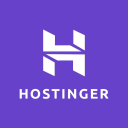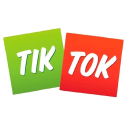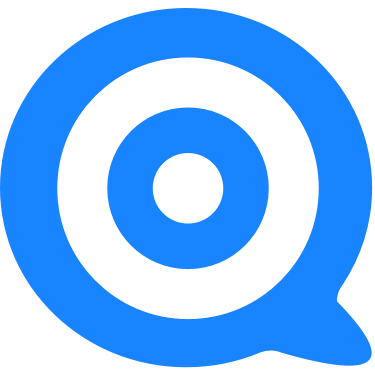We Created AI Tools For Consultants And Make $10K/Mo
Note: This business is no longer running. It was started in 2023 and ended in 2024. Reason for closure: Shut down.
Hello! Who are you and what business did you start?
Hello! My name is Andrew, and I'm one of the co-founders of Artificial Workflow, a company focused on providing AI solutions specifically for consultants.
Our main product, Echobase AI, helps consultants by automating analysis and offering customized recommendations, allowing them to focus more on strategic work. Our customers range from independent consultants to consulting firms looking to improve their efficiency and results.
Currently, EchoBase AI is making roughly $10,000 a month in recurring revenue, about 80% of which comes from enterprise clients paying $299 / month.

What's your backstory and how did you come up with the idea?
My background primarily...

Download the report and join our email newsletter packed with business ideas and money-making opportunities, backed by real-life case studies.

Download the report and join our email newsletter packed with business ideas and money-making opportunities, backed by real-life case studies.

Download the report and join our email newsletter packed with business ideas and money-making opportunities, backed by real-life case studies.

Download the report and join our email newsletter packed with business ideas and money-making opportunities, backed by real-life case studies.

Download the report and join our email newsletter packed with business ideas and money-making opportunities, backed by real-life case studies.

Download the report and join our email newsletter packed with business ideas and money-making opportunities, backed by real-life case studies.

Download the report and join our email newsletter packed with business ideas and money-making opportunities, backed by real-life case studies.

Download the report and join our email newsletter packed with business ideas and money-making opportunities, backed by real-life case studies.




































